The Wheatsheaf has been a local landmark since at least 1818, when it was Stoke’s leading coaching inn. By 1834, the thrice-weekly coach, which ran between Newcastle-under-Lyme and Derby, called at The Wheatsheaf.
Photographs and text about The Wheatsheaf.
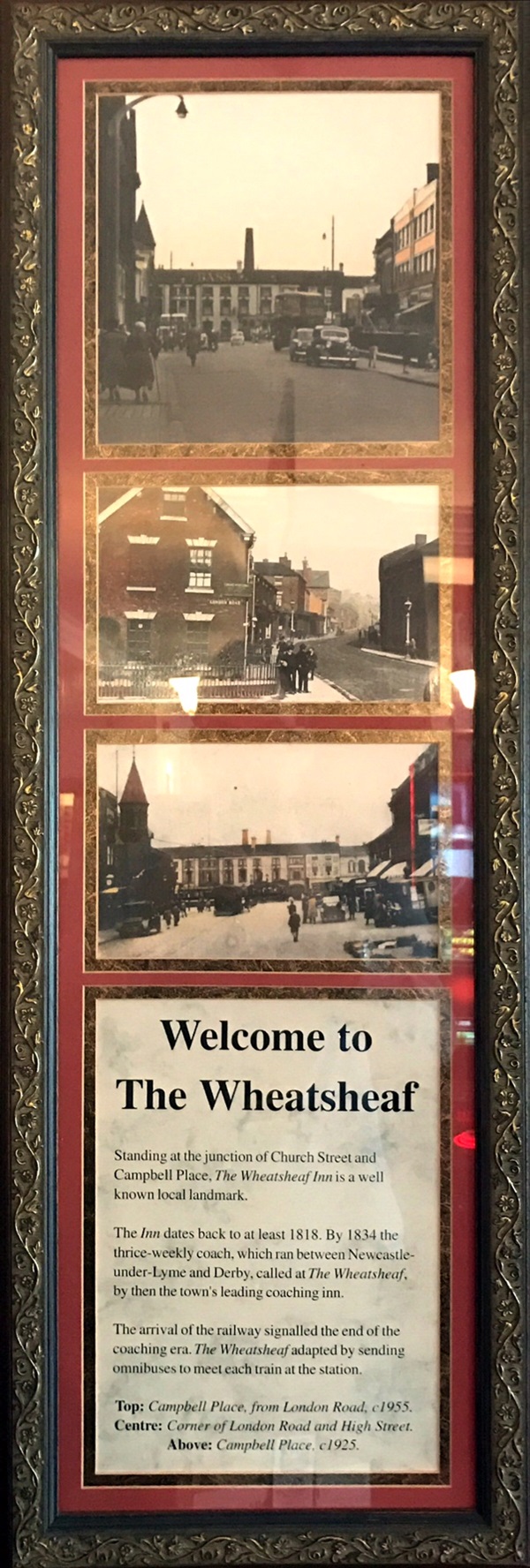
The text reads: Standing at the junction of Church Street and Campbell Place, The Wheatsheaf Inn is a well known local landmark.
The Inn dates back to at least 1818. By 1834 the thrice-weekly coach, which ran between Newcastle-under-Lyme and Derby, called at The Wheatsheaf, by then the town’s leading coaching inn.
The arrival of the railway signalled the end of the coaching era. The Wheatsheaf adapted by sending omnibuses to meet each train at the station.
Top: Campbell Place, from London Road, c1955
Centre: Corner of London Road and High Street
Above: Campbell Place, c1925.
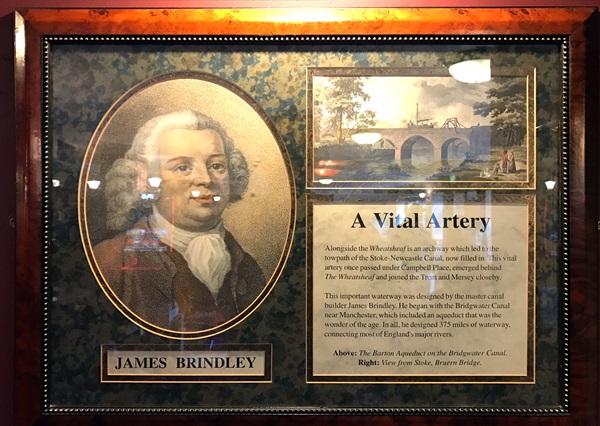
The text reads: Alongside The Wheatsheaf is an archway which led to the towpath of the Stoke-Newcastle Canal, now filled in. This vital artery once passed under Campbell Place, emerged behind The Wheatsheaf and joined the Trent and Mersey closeby.
This important waterway was designed by the master canal builder James Brindley. He began with the Brightwater Canal near Manchester, which included an aqueduct that was the wonder of the age. In all, he designed 375 miles of waterway, connecting most of England’s major rivers.
Above: The Barton Aqueduct on the Brightwater Canal
Right: View from Stoke, Bruern Bridge.
An illustration, print and text about the development of Stoke.
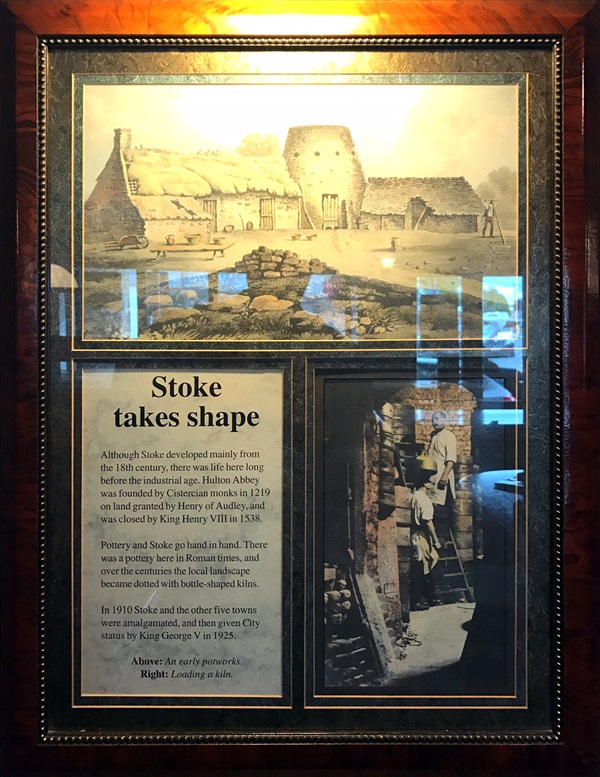
The text reads: Although Stoke developed mainly from the 18th century, there was life here long before the industrial age. Hulton Abbey was founded by Cistercian monks in 1219 on land granted by Henry of Audley, and was closed by King Henry VIII in 1538.
Pottery and Stoke go hand in hand. There was a pottery here in Roman times, and over the centuries the local landscape became dotted with bottle-shaped kilns.
In 1910 Stoke and the other five towns were amalgamated, and then given City status by King George V in 1925.
Above: An early potworks
Right: Loading a kiln.
Illustrations and text about Spode Ware.
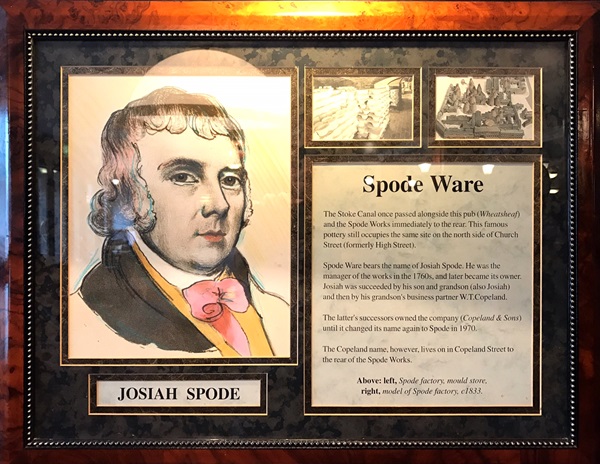
The text read: The Stoke Canal once passed alongside this pub (Wheatsheaf) and the Spode Works immediately to the rear. This famous pottery still occupies the same site on the north side of Church Street (formerly High Street).
Spode Ware bears the name of Josiah Spode. He was the manager of the works in the 1760s, and later became its owner. Josiah was succeeded by his son and grandson (also Josiah) and then by his grandson’s business partner W T Copeland.
The latter’s successors owned the company (Copeland & Sons) until it changed its name again to Spode in 1970.
The Copeland name, however, lives on in Copeland Street to the rear of the Spode Works.
Above: left, Spode factory, mould store, right, model of Spode factory, c1833.
A print, photographs and text about Minton.
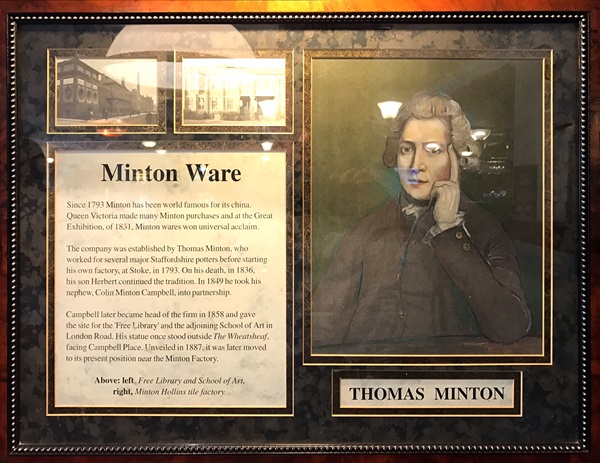
The text reads: Since 1793 Minton has been world famous for its china. Queen Victoria made many Minton purchases and at the Great Exhibition, of 1851, Minton wares won universal acclaim.
The company was established by Thomas Minton, who worked for several major Staffordshire potters before starting his own factory, at Stoke, in 1793. On his death, in 1836, his son Herbert continued the tradition. In 1849 he took his nephew, Colin Minton Campbell, into partnership.
Campbell later became head of the firm in 1858 and gave the site for the ‘Free Library’ and the adjoining School of Art in London Road. His statue once stood outside The Wheatsheaf, facing Campbell Place. Unveiled in 1887, it was later moved to its present position near the Minton Factory.
Above: left, Free Library and School of Art, right, Minton Hollins tile factory.
Illustrations relating to Josiah Wedgwood.
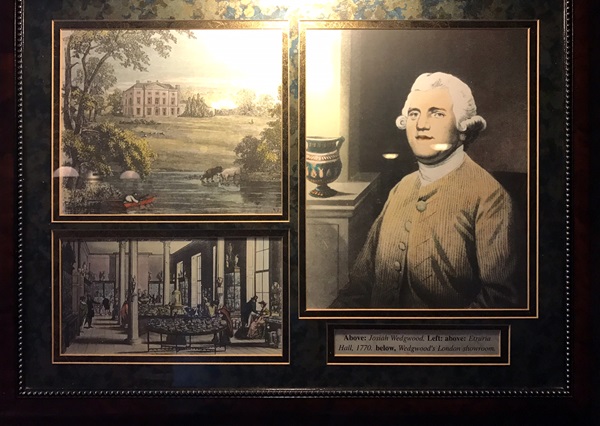
Above: Josiah Wedgwood
Left: above, Etruria Hall, 1770, below, Wedgwood’s London showroom.
Prints relating to Stoke-on-Trent.
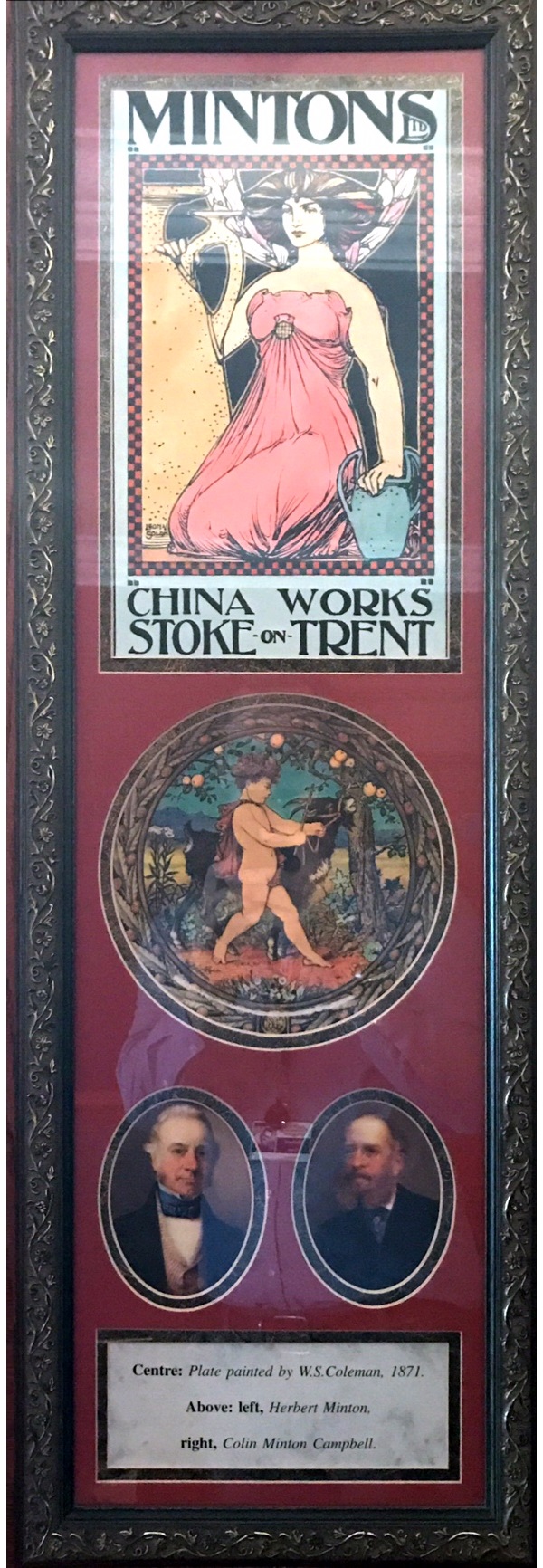
Centre: Plate painted by WS Coleman, 1871
Above: left, Herbert Minton, right, Colin Minton Campbell.
Illustrations and photographs of potteries in Stoke-on-Trent.
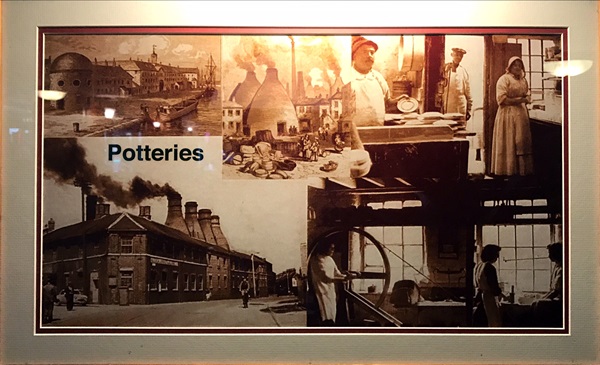
Photographs of different modes of transport in Stoke-on-Trent.
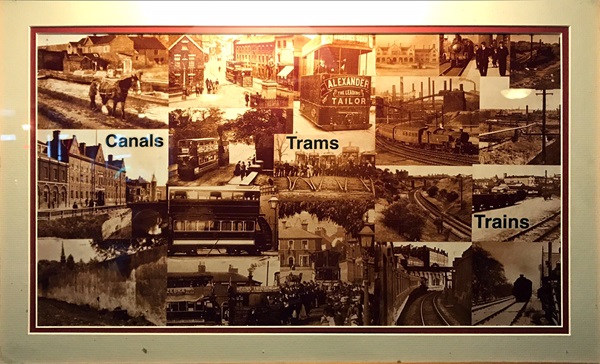
Photographs of industries in Stoke-on-Trent.
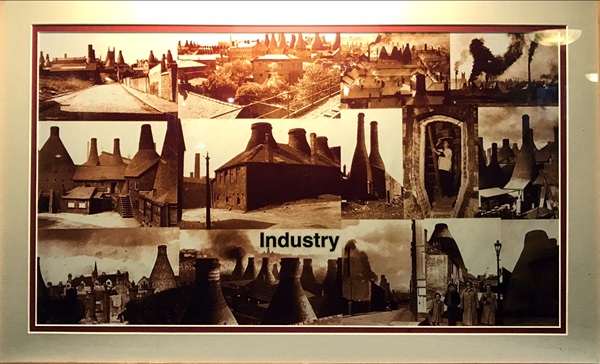
A photograph of Church Street, Stoke-on-Trent c1918.
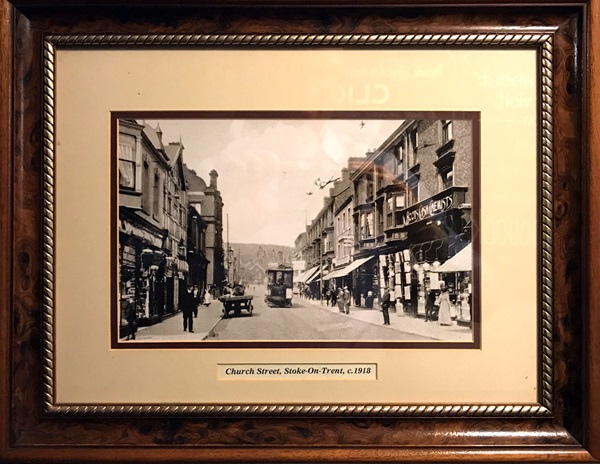
A photograph of Liverpool Road, Stoke-on-Trent, c1910.
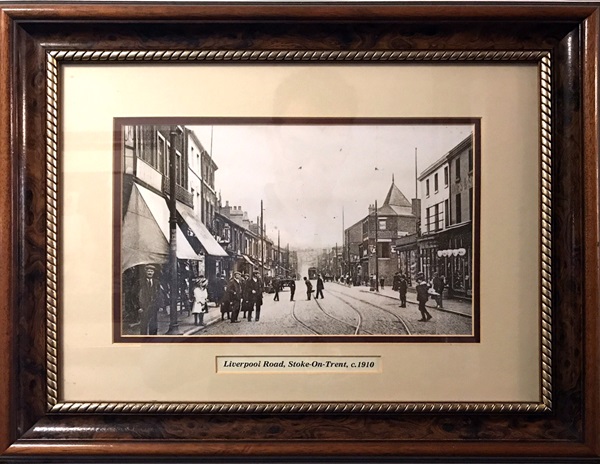
A photograph of Church Street, Stoke-on-Trent, c1905.
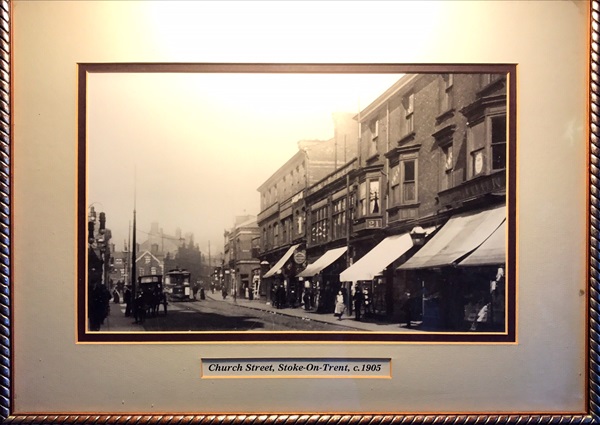
An old photograph of The Wheatsheaf Hotel.
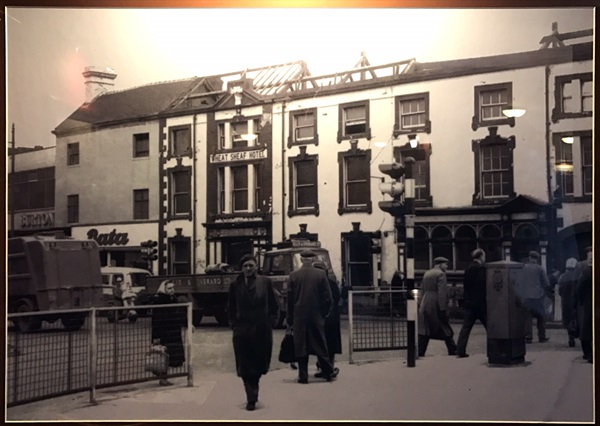
A photograph of Wedgwood Memorial, Stoke-on-Trent, c1920.
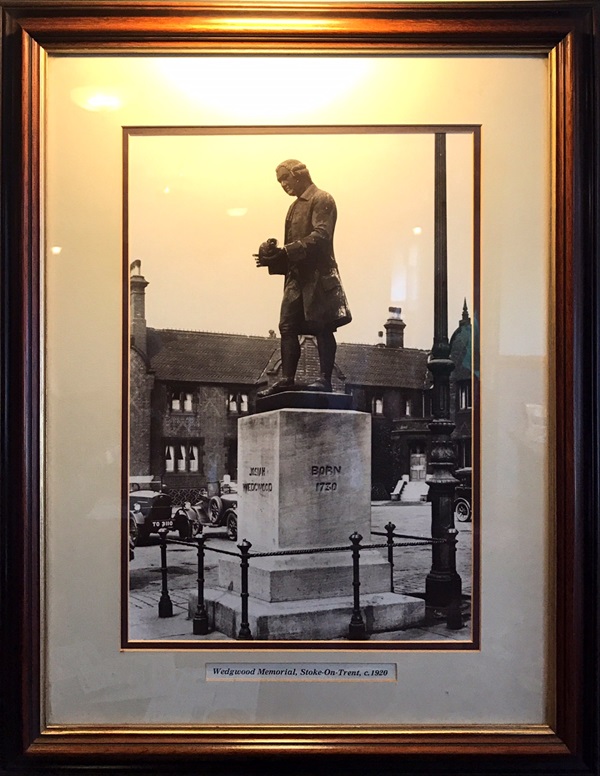
A photograph of an electric tram - Trent Vale, Stoke-on-Trent, c1912.
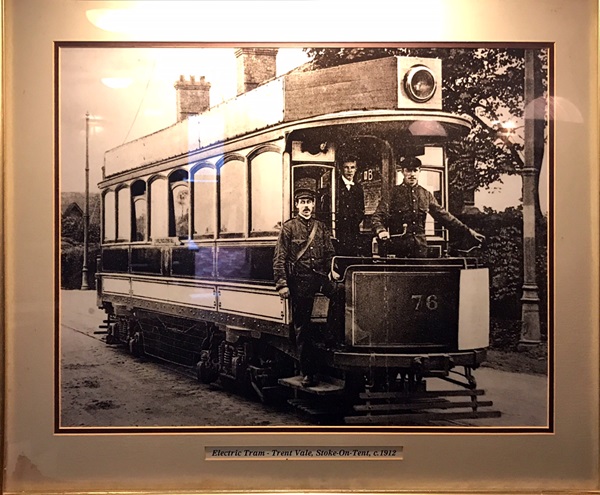
External photograph of the building – main entrance.
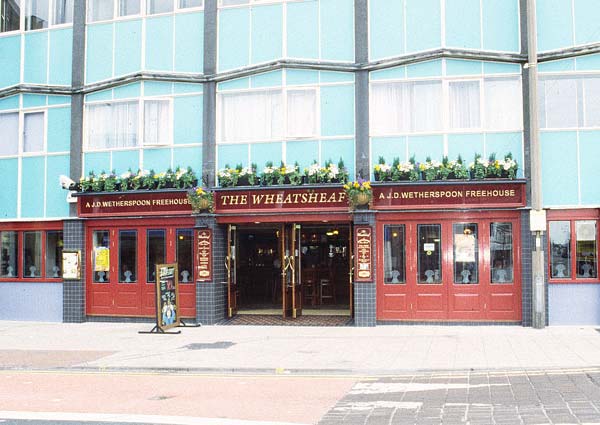
If you have information on the history of this pub, then we’d like you to share it with us. Please e-mail all information to: pubhistories@jdwetherspoon.co.uk